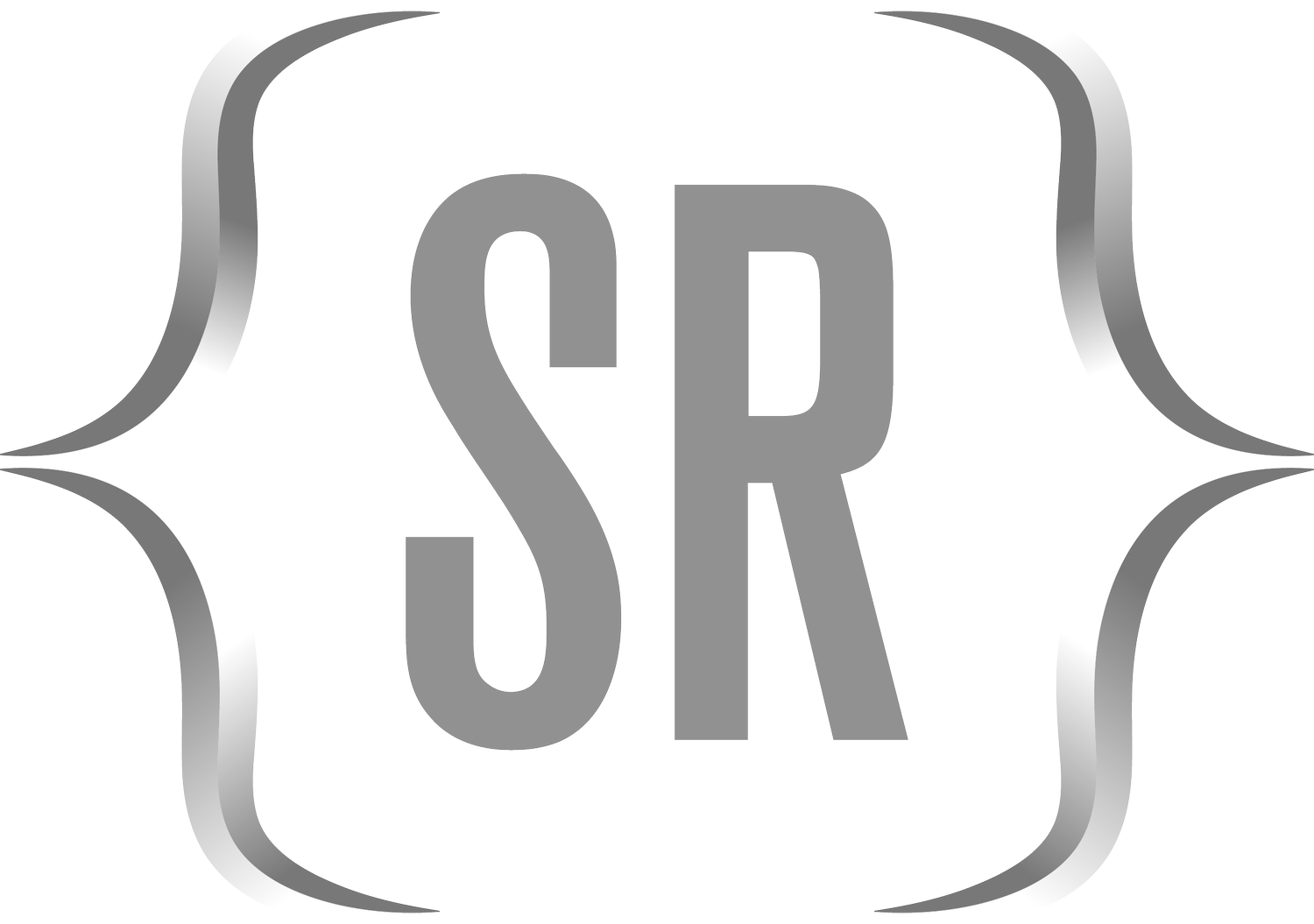The “parSapply” Function in R
Package: parallel
Purpose: Applies a function to each element of a list or vector in parallel and simplifies the results into a vector or matrix.
General class: Parallel computing
Required argument(s):
cl: A cluster object specifying the cluster to use for parallel processing.
X: A list or vector to be processed.
fun: The function to apply to each element of X.
Notable optional arguments:
...: Additional arguments passed to the function fun.
Example:
# Load the parallel library
library(parallel)
# Create a cluster object with 2 cores
cl <- makeCluster(2)
# Define a function to square a number
square <- function(x) { return(x^2) }
# Create a list of numbers
numbers <- list(1, 2, 3, 4, 5)
# Apply the square function to each element of the list in parallel and simplify the result to a vector
result <- parSapply(cl, numbers, square)
# Close the cluster
stopCluster(cl)
# Print the result
print(result)This example demonstrates how to use the parSapply function from the parallel package to apply a function (square) to each element of a list (numbers) in parallel using a cluster object (cl). The ... argument allows passing additional arguments to the function square. The output is a vector containing the squared values of the elements in the list.
